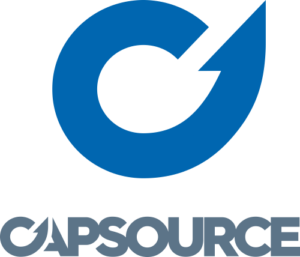Fix and flip loans are a form of short-term real estate financing that you use to flip property; that is, purchasing, renovating and reselling it at a profit. You can use these loans to buy residential real estate, fund renovations and cover other expenses involved in selling the property. Here’s how fix and flip loans work and how you can get the best financing.
How Fix and Flip Loans Work
Fix and flip loans are they’re typically secured by the property you’re flipping. Lenders use the after-repair value or loan-to-value ratio to determine the amount of financing you qualify for. The loan-to-value ratio compares the loan amount to the property’s value, whereas the after-repair refers to an appraiser’s estimated value of the property after you’re done renovating it.
Standard commercial real estate loans use the loan-to-value ratio. However, fix and flip loans use the after-repair value more often. For example, a lender who offers 75% ARV may lend you a maximum of $300,000 on a residential property that will be worth $400,000 after renovations are complete.
Fix and flip loans are available in different varieties, with the suitability depending on several factors:
- Hard money loans are suitable for house flippers who can’t access other financing options because they have low credit scores.
- Home equity loans or lines of credit are best for flippers with at least 15% equity in their primary home.
- Business lines of credit are suitable for seasoned house flippers in need of flexible financing options.
- Personal loans are available for flippers with good credit scores and need only a small amount.
- Seller financing is best for house flippers to can find a seller to work with and need quick financing.
- 401(k) loans are suitable for those with robust retirement savings but are still far from retirement age.
Getting the Best Fix and Flip Loans
Accessing these loans can be difficult if you’re new to the house-flipping business. Qualifying for the more competitive fix and flip loans becomes easier as you gain experience. The following steps will help you get the right financing option.
- Understand your funding needs. Gather as much information as you can about your house-flipping project. Develop a clear scope of work and create reasonable timelines. Doing so will help you come up with a good cost estimate, which you can use to determine how much financing you need.
- Review your credentials. Evaluate your qualifications — including your credit score, annual income, level of experience, etc. — and find out which fix and flip options you’re eligible to receive. If you’re a beginner with a low credit score, you may have to rely on hard money fix and flip loans to access funding.
- Identify the best lender. Various factors, such as your qualifications, project details and financing needs, determine the most suitable fix and flip lender for you. Research widely and compare different lenders to identify one that offers the most favorable terms.
Get Recommendations
You can glean meaningful insights by asking experienced house flippers open-ended questions that invite them to share their experience. Go for lenders with a stellar reputation for supporting house-flipping real estate investors. Contact CapSource today to learn more about fix and flip loans.





